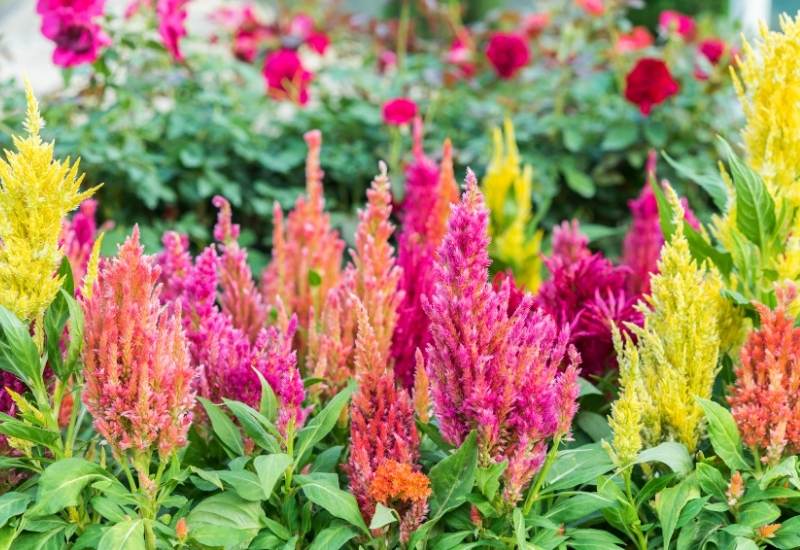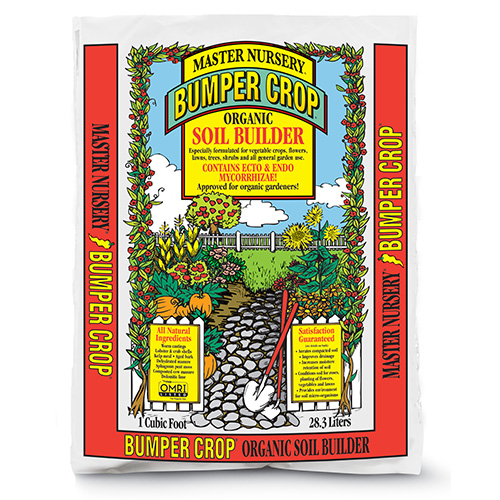Celosia Varieties, Care, & Uses
Unique.
Its first word that comes to my mind when I think about the beautiful shapes and colors of Celosia and their blooms. To describe it in another word, I think bright would do the trick! Never seen one? Once you do, you won’t forget anytime soon. Their unique look will make them easy to spot in the future. Some look like soft feathers, some intricate coral formations and others like fluffy wool. Colorful, easy maintenance and a gardener’s favorite tik off the next few boxes in these wonderful plants favor. Its botanical name Celosia (pronounced see-low-shee-uh) comes from a Greek word that means “burning”. It’s easy to imagine the plumed Celosias as brightly colored flames, but its name doesn’t just refer to a physical characteristic. These flames of the garden have been used to symbolize boldness and a handful of Celosia will communicate your wish for burning courage to a friend who might need the encouragement.
There are 3 main types Celosia:
#1 Plumed Celosia
#2 Coxcomb Celosia
#3 Wheat Celosia

There’s so much variety to this group of the Amaranth family! But the care for each is still the same. As annuals, it’s best to start your spring crop right after the danger of hard frosts are over. For our zoning here in Pennsylvania, that would be right around Mother’s Day. Plant in a sunny spot for best results. A location that receives at least 6 hours of direct sunlight should work out perfectly. Partial shade environments can work as well, but the plants in this exposure may not grow as large or flower as profusely when compared to Celosia growing in a sunnier spot. Add compost (perhaps Bumper Crop) before planting to boost your soil’s level of nutrients, natural bacteria, and ability to retain water. This step can be especially helpful if your soil tends to be very dry, full of clay or just very tired and overworked.

The next step after planting is to water. Water thoroughly and continue to keep the surrounding soil moist, but not too wet, as the plant starts to establish a good root system. Once established, Celosia are rather hardy plants and can withstand short dry spells and even extreme temperatures. An occasional watering on the hottest summer days may be needed and a good fertilizing regimen will keep the flowers coming! A really great fertilizer for Celosia is Jack’s All-Purpose fertilizer.
Part of the reason Celosias make such great garden plants is their long bloom period and you’re not limited to planting them in the spring. Healthy plants will bloom ALL summer and will even bloom into the fall as well. It can take a pretty hard frost to finish off a well-established Celosia and many people use them for late summer and fall displays.
The uses of Celosia are not limited to garden beds. They grow well in containers among other ornamentals and even in window boxes. Plant them in the veggie garden as well. Before the flowers start, you can harvest the leaves for salads and cooking. They have a mild spinach like flavor which can turn slightly bitter once the flowers start blooming. Celosia are a very popular crop in many parts of Africa. Boil, steam the leaves or serve them as a side dish. The leaves are tender and will break down quickly, making Celosia a good vegetable to cook in a hurry. They will also attract many different kinds of pollinators especially bees and butterflies which everyone loves to see in their garden. And attracting pollinators to the vegetable garden will help with the pollinating of your vegetables creating a better, larger harvest.
I hope you’ll try Celosia and see what great plants they are for yourselves.
Happy gardening!

